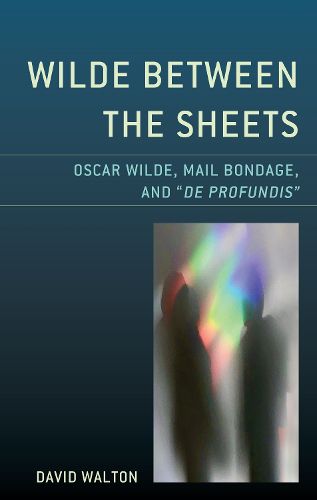Readings Newsletter
Become a Readings Member to make your shopping experience even easier.
Sign in or sign up for free!
You’re not far away from qualifying for FREE standard shipping within Australia
You’ve qualified for FREE standard shipping within Australia
The cart is loading…






Wilde Between the Sheets: Oscar Wilde, Mail Bondage and De Profundis argues that Oscar Wilde’s narrative strategies reveal a quick-witted, ingenious fighter-an active agent who tested boundaries and recognized the dangers of doing so, adopting essentialist or anti-essentialist strategies according to whatever shifting purpose he is writing with. David Walton challenges the one-dimensional view of Wilde as a tragic victim defeated by the penal system, arguing that Wilde constructed a self by weaving complex networks of time and paradoxical notions of space, along with a network of literary references and other intertexts. Walton goes on to claim that Wilde fashions a self while simultaneously being shaped by those he fashions, creating a critical dialogue which shows that, by constructing Wilde through interpretive acts, he has already been partially fashioned by Wilde himself.
$9.00 standard shipping within Australia
FREE standard shipping within Australia for orders over $100.00
Express & International shipping calculated at checkout
Wilde Between the Sheets: Oscar Wilde, Mail Bondage and De Profundis argues that Oscar Wilde’s narrative strategies reveal a quick-witted, ingenious fighter-an active agent who tested boundaries and recognized the dangers of doing so, adopting essentialist or anti-essentialist strategies according to whatever shifting purpose he is writing with. David Walton challenges the one-dimensional view of Wilde as a tragic victim defeated by the penal system, arguing that Wilde constructed a self by weaving complex networks of time and paradoxical notions of space, along with a network of literary references and other intertexts. Walton goes on to claim that Wilde fashions a self while simultaneously being shaped by those he fashions, creating a critical dialogue which shows that, by constructing Wilde through interpretive acts, he has already been partially fashioned by Wilde himself.